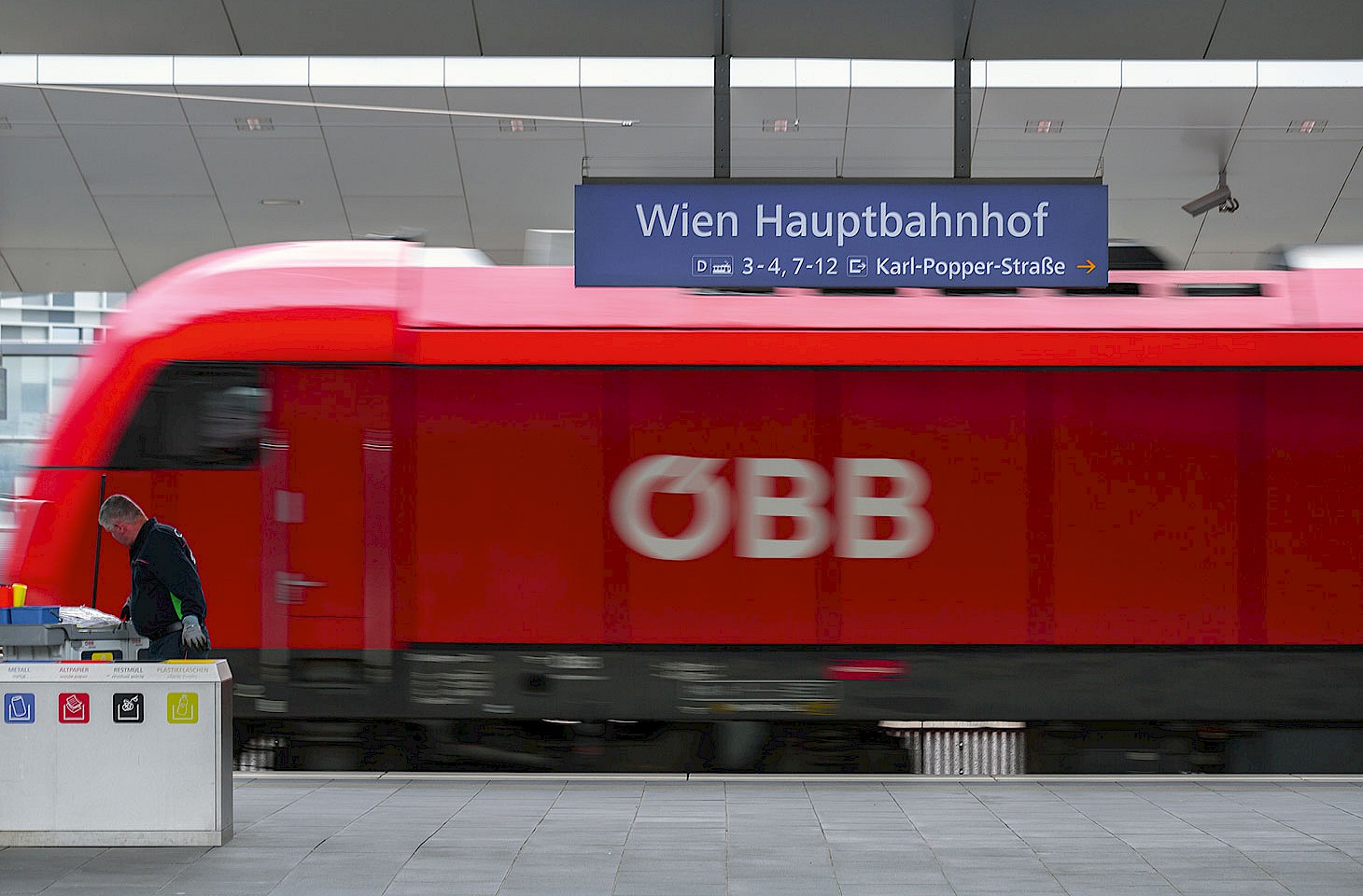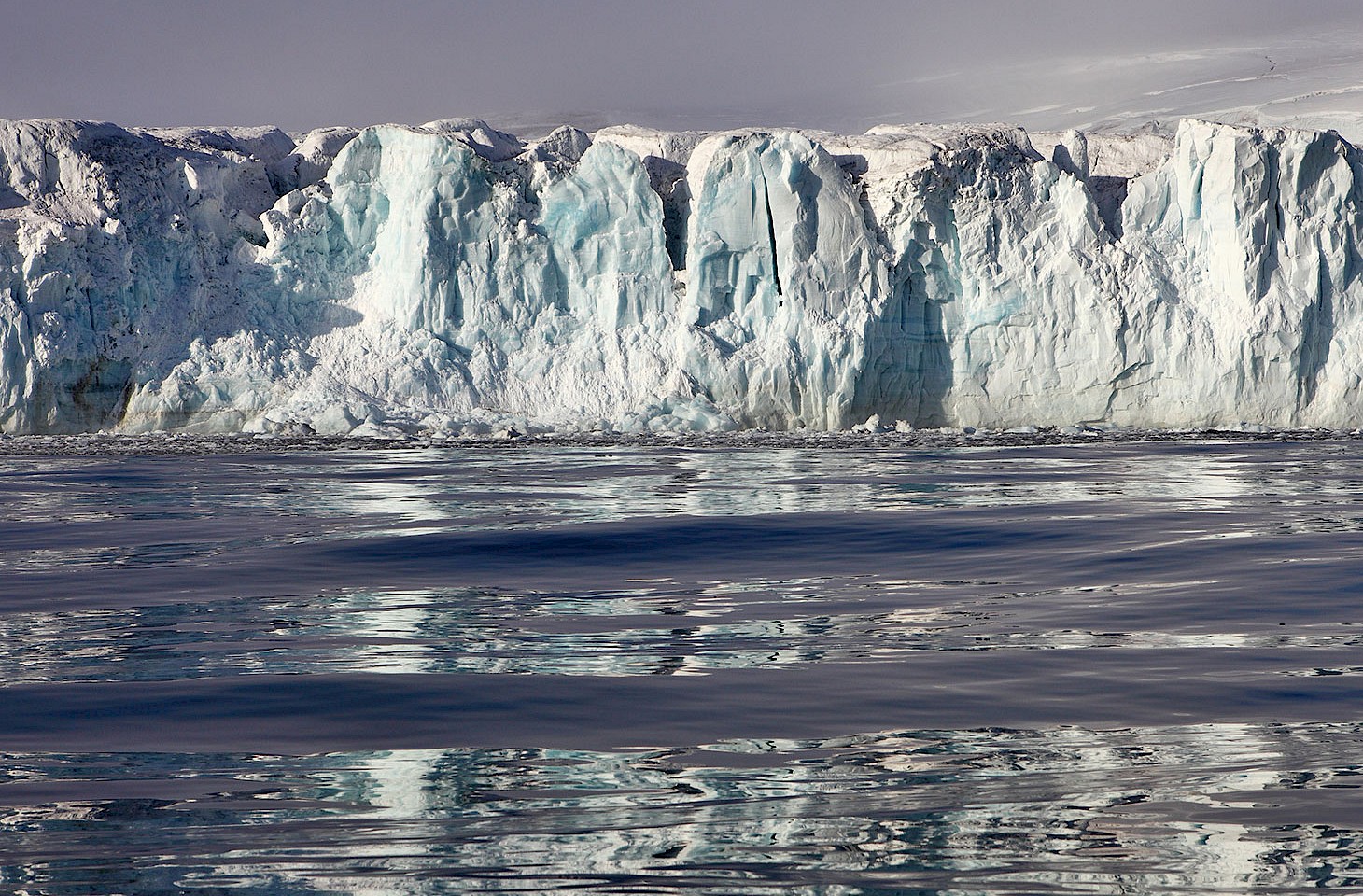Four years ago, in late February 2005, about seventy cars set off on a rough road from a lighthouse on the Kola Peninsula in northwest Russia. Their destination was Vladivostok on Russia's Pacific coast. Billed by the organisers as the world's toughest winter car rally, the 16000 kilometre route spans the world's largest country. The prize for the winning team in that debut event was ten kilogrammes of gold. Since that first foray in 2005, the event has been repeated in 2006 and 2008. And planning is in progress for another cross-continent escapade on snow clad roads in 2010.
The world's media, insofar as they noticed this Russian car rally at all, generally judged the event to be emblematic of the new post-Soviet Russia. Yet actually that is to miss the point. In the years after the 1917 Revolution, car rallies were an important feature of emerging socialist life in the Soviet Union.



